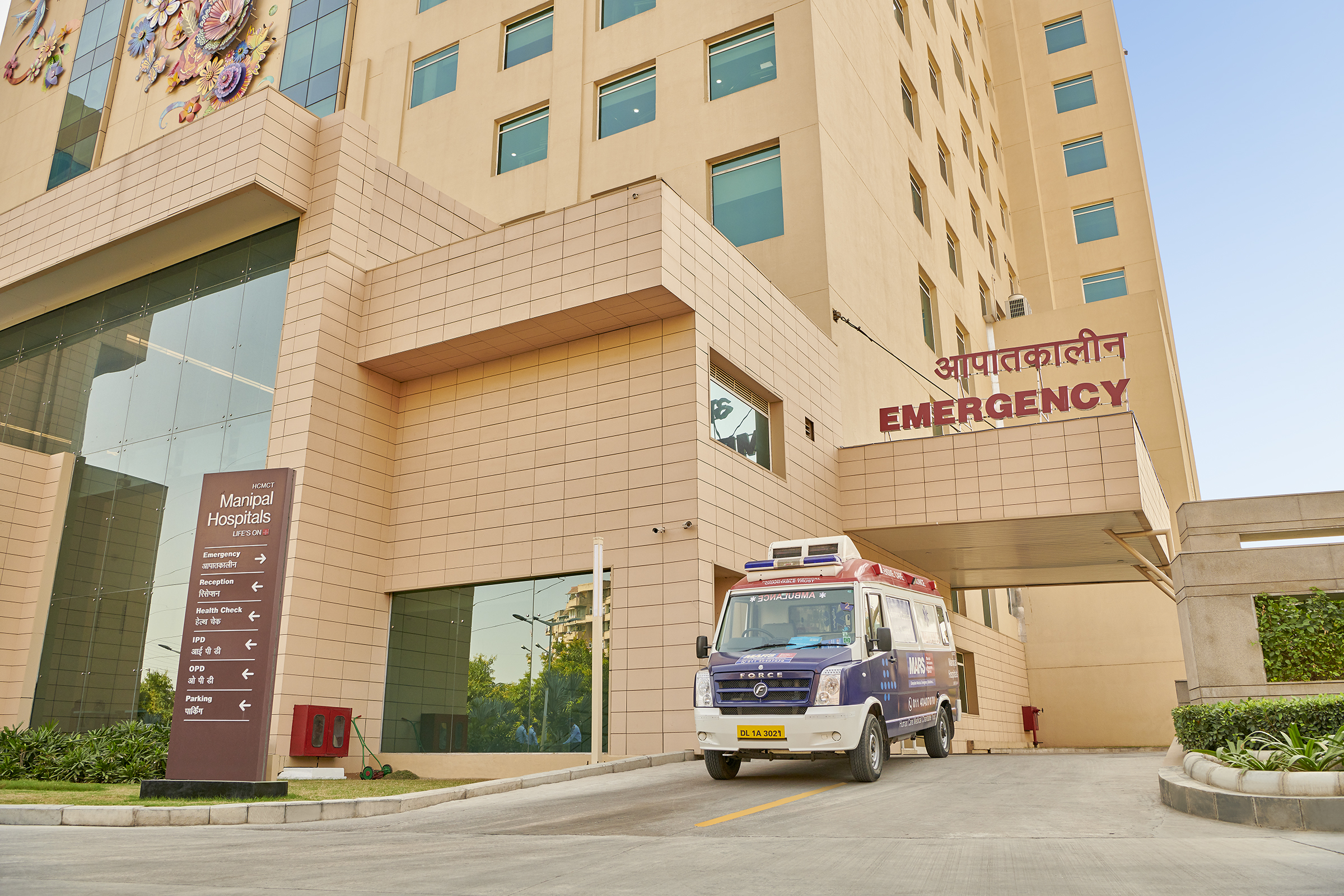Doctors and health professionals are at the forefront in the fight against Covid-19. Healthcare professionals are in a unique position not only to save people from this disease, but also to ensure that other patients don’t become the pandemic’s hidden victims.
Our health facilities and workforce are currently inundated by a plethora of activities related to controlling the pandemic. In doing so, there is a risk that essential health services which communities expect from the health system, would be compromised.
It was feared that health seeking may be deferred because of social/physical distancing requirements or community reluctance owing to perceptions that health facilities may be infected.
However, the truth is not all hospitals have become hotbed for Covid-19 infection.
It is of utmost importance that adequate measures are taken for ensuring that safety. In this regard, Manipal Hospitals have taken several measures to ensure that no opportunity is available for the infections to seep into Hospital premises.
Right from the registration desk to all the areas where you visit, it strictly follows the recommended best practices in maintaining hygiene and sanitization.
The staffs of each department are trained to the highest standards and are working 24/7 to make sure no opportunity is available for the infections to seep into our lives.
Here is what we have found after visiting the various departments and areas of the hospitals:
Sanitization and social distancing
To help visitors maintaining social distancing, Manipal Hospitals have installed grids on the floors which guide the patient to maintain an adequate physical distance of 1.6 meters from each other. You can see the designated marks at the registration desk, bill counters, pharmacies, OPD desks and consultation areas. Sanitizers and mask distribution kiosks are also made available across the hospitals.
Sanitization at patients and public access areas
An aggressive sanitization and cleaning process for all visitors’ access and patient access areas are exercised using Sodium Hypochlorite 1%.
Patients open access areas
Patient waiting areas, consultation rooms, registration desk OPD procedure room and all other locations where there is a waiting time leading to patients / staff leading to touching various surfaces are frequently sanitized.
Visitors and caregivers’ access spaces like waiting-lounge, washrooms, cafeteria, canteen, pharmacy etc. are also sanitized with the same gravity.
Various touch surfaces
Entire lifts and electric switches, doorknobs and handles, countertops, coffee vending machines, common computer keyboards and others are sanitized every 2 hours. with Sodium Hypochlorite 1%.
Controlled access areas
Radiology labs, pathology sample collection, phlebotomy area and other laboratory areas with patient’s access are sanitized every hour or as and when needed. The medical equipment like CT/MRI/USG is sanitized after every use.
The patient stays areas
ICUs, In-Patient (IPD) Rooms, electrical and electronic gadgets used by a patient and the area including tables, desks, seating spaces and bathrooms are sanitized every 2 hours and after vacated.
Restricted critical areas
Intensive Care Units (ICU/ICCU/NICU) and Operation Theaters (OT) are duly sanitized as per the hospital policy. The waiting spaces at these locations are sanitized every 2 hours.
Emergency
Emergency services are available 24/7. Once the patient enters the emergency similar protocol is followed. There is a thermal screening that is done.
Triaging is done so that the patients can be categorized and there is also a strict policy for attendant only one attendant is allowed per patient. Safety starts with me.











